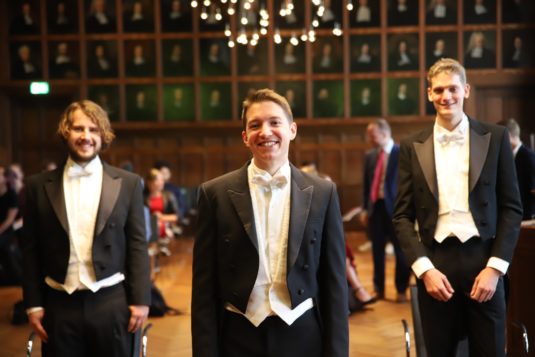 Beyond the ensemble; Excited-state dynamics unveiled by single-nanoparticle spectroscopy
Beyond the ensemble; Excited-state dynamics unveiled by single-nanoparticle spectroscopy
Light-conversion technology plays an important role in our modern society, from smartphones to room lights to solar panels. Although current light-converting devices perform adequately, they can be made even better: more efficient, durable, and light-weight. Semiconductor nanocrystals, also called “quantum dots”, hold promise for all these kinds of improvements. These particles are extremely small: “nano”-sized, and are good at absorbing light and emitting light of a different colour: they are fluorescent.
Quantum dots exhibit behaviour that we do not understand. Some quantum dots emit light with a very low colour purity (containing many different colours), some are very dim, and some take a very long time before they re-emit absorbed light. For many use cases this behaviour is bad, so we would benefit from a better understanding of the underlying physics and chemistry.
In conventional experiments, billions and billions of quantum dots are measured simultaneously. Such “ensemble scale” experiments do reveal some properties, but many remain hidden. A very different approach is needed to uncover these hidden properties: by studying only a single particle at a time, using a microscope.
In this research we look beyond the ensemble, at only one nanoparticle at a time. We uncover what happens between absorption of a photon by a quantum dot, and subsequent emission. Our work provides new insights into the odd behaviour of individual quantum dots – sudden changes in colour, switches between fast and slow fluorescence, as well as the origins of low colour-purity. These fundamental insights provide a stepping stone for the use of quantum dots in future light-conversion technologies.